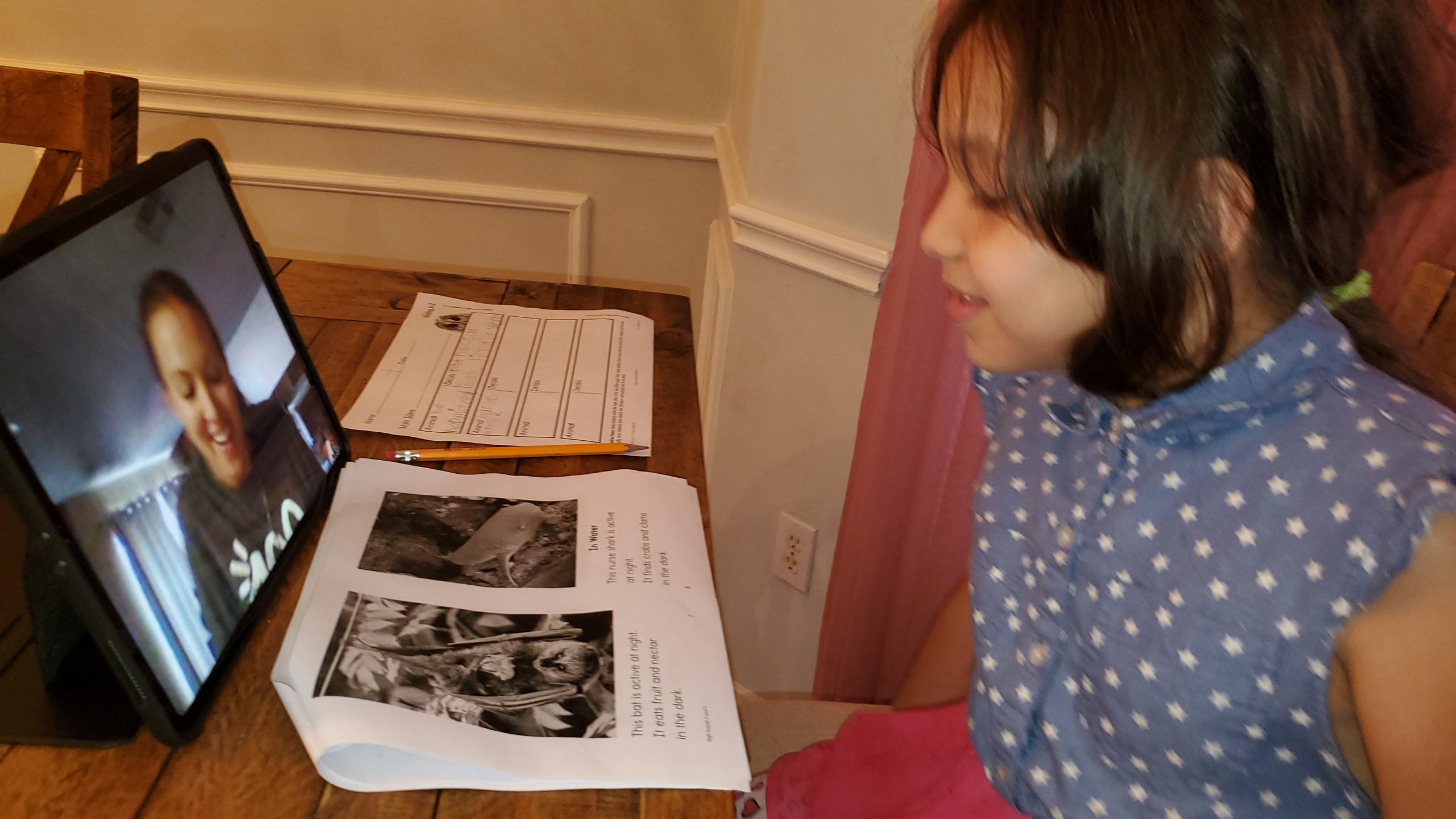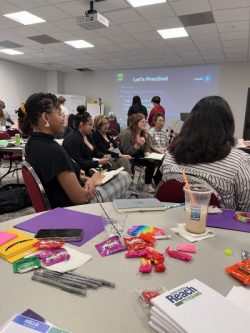
Op-Ed: Congress must include remote learning funding in next stimulus bill to bridge digital divide
The digital divide is not a new phenomenon. This gap between those who have access to modern information and communication technologies and those who don’t has persisted for the past few decades with little to no resolution. COVID-19 has only further exposed some gaping and stark realities in the U.S., one being educational inequities. To bridge the digital divide and remove systematic educational barriers for success, Congress must remedy this national emergency and ensure every student has equal access to the quality education they deserve.
As schools shift to remote learning, it’s concerning to see reports of Texas leading the country with the widest digital divide among students and teachers. According to a recent report from the nonprofit group Common Sense, 34% – or nearly 2 million – K-12 public school students in Texas lack adequate access to the internet, and 25% of Texas kids don’t have a computer device at home. Socioeconomic disparities, especially in children of color who tend to also come from low-income families, play a disproportionate role in who has more access to virtual resources for a more effective learning environment.

Galveston ISD student learning from home
Even more concerning is the widening homework gap, which can lead to significant learning loss and life-long implications. The Pew Research Center surveyed 4,917 U.S. adults from April 7-12 about their children’s ability to complete their homework virtually. The findings showed 21% of parents reported it somewhat or very likely their children wouldn’t be able to complete their homework without a computer device at home. Students with access to devices and internet connectivity are more likely to be engaged, complete more assignments and perform better in end-of-year assessments.
Back in March, Congress dedicated only $13 billion of the $2 trillion stimulus package toward K-12 education. Educational organizations say this is not enough. For comparison, following the 2008 economic crisis, the Obama administration directed approximately $77 billion of the $831 billion American Recovery and Reinvestment Act stimulus package toward schools at a time when virtual learning wasn’t an added complicating factor.
Since then, states, school districts and local organizations have stepped up to put technology in as many students’ hands as possible. For instance, in July, the Moody Foundation awarded Galveston ISD (GISD) a nearly $2 million grant for the purchase of more than 3,000 computer devices as part of its Generation Moody Education Initiative. The grant also included two-year support for 1,200 Wi-Fi hotspots and will ensure every GISD student has access to the necessary resources for remote learning.

Check presentation for the Moody Foundation’s grant to GISD. (From left to right: Moody Foundation Education Director Angela Blair, Moody Foundation Trustee Ross Moody, GISD Board of Trustees President Tony Brown and GISD Superintendent Dr. Kelli Moulton)
Bridging the digital divide will not only provide educational benefits to millions of U.S. children, but also spur sustained economic growth for the country. It will open doors for future utilization of virtual classes, adding further flexibility with learning systems. It will also build a well-educated workforce, positively influencing the vitality and prosperity of our communities.
COVID-19 is still prevalent and isn’t going anywhere anytime soon. While the future remains unclear, what is clear is that this inequity will continue post-COVID-19. Local government and nonprofit organizations are doing their part, but without additional federal support in the next stimulus bill, our efforts will only go so far. Now, it’s time for Congress to do their part. Our students’ futures – and ours – depend on it.




